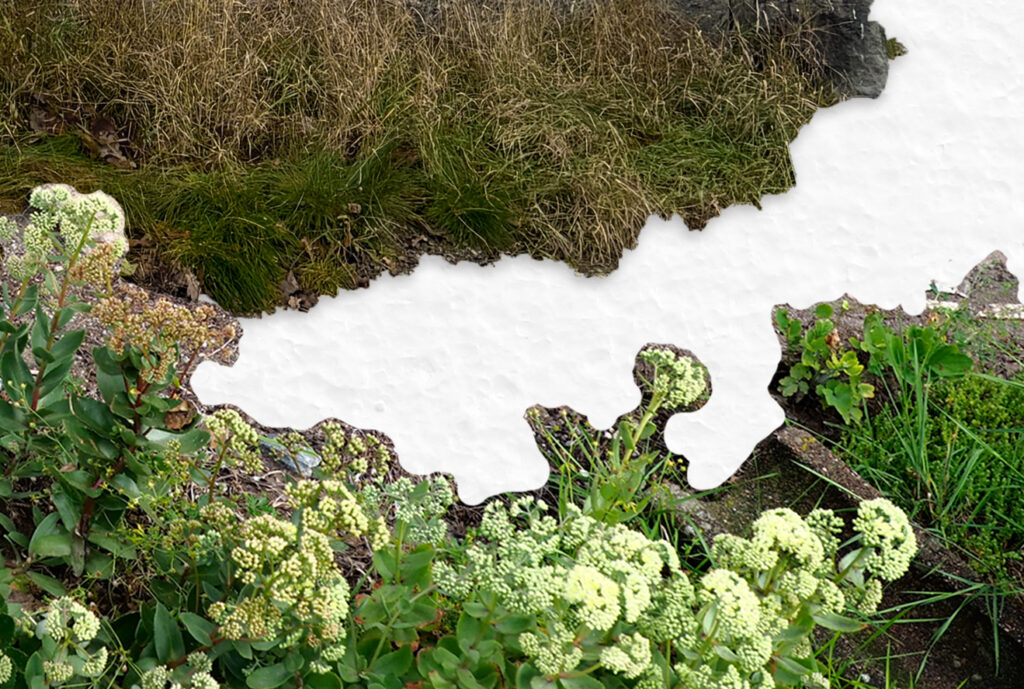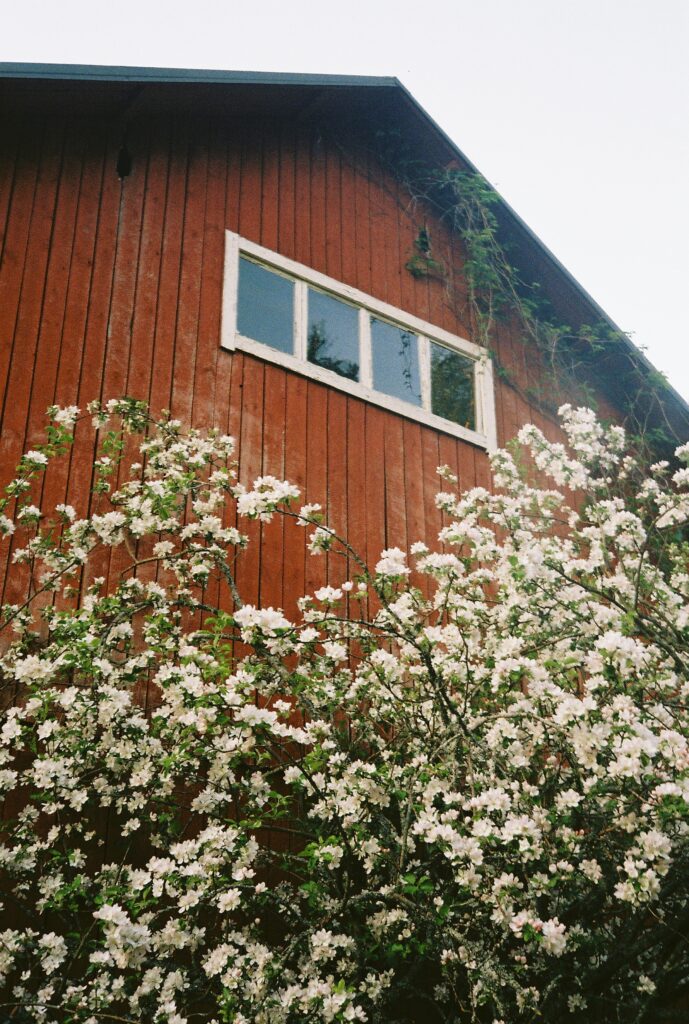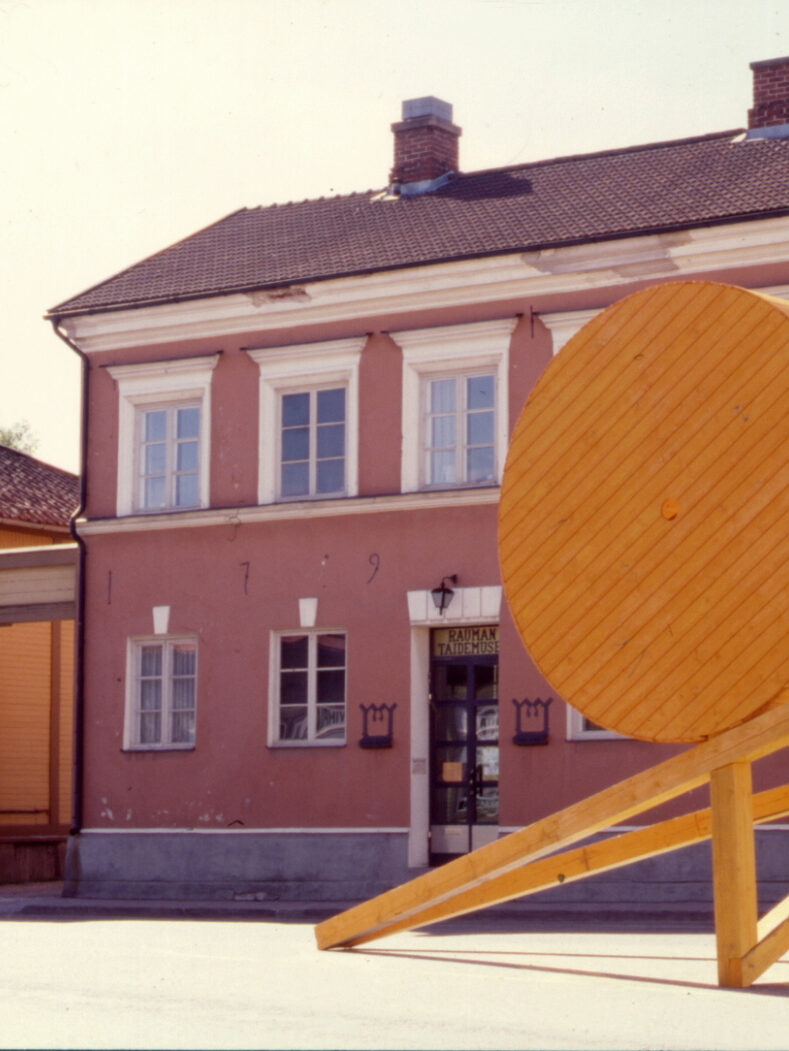Rauma Triennale
Rauma Art Museum is organising the second oldest continuously running international contemporary art exhibition in Finland. Formerly known as the Rauma Biennale Balticum, the exhibition is now known as the Rauma Triennale.

Opening hours and contact info
Rauma Art Museum
Kuninkaankatu 37
taidemuseo@rauma.fi
tel. 02 822 4346
7.6.–31.8. Tue–Sun 10am – 5pm
1.–21.9. Tue–Fri 12pm – 5pm
and Sat–Sun 11am – 4pm
Muijala Art Space
Soukontie 61
artspacemuijala.com
7.6.–3.8.2025 Wed–Sun 12pm – 4am
RAUMA TRIENNALE 2025
Lumoava vaiva / Enchanting Effort
RAUMA ART MUSEUM 7.6.–21.9.2025
Kuninkaakatu 37, Rauma
MUIJALA ART SPACE 7.6.–3.8.2025
Soukontie 61, Reila
Taking place at the Rauma Art Museum and Muijala Art Space in summer 2025, Enchanting Effort is the third international Rauma Triennale exhibition. The exhibition continues the Rauma Art Museum’s Baltic Sea biennial tradition by bringing together an international group of artists working in countries around the Baltic Sea — Finland, Estonia, Sweden, and Germany. Thirteen artists and artist collectives explore the theme of effort in personal, critical, and curious ways.
According to curator Sanna Karimäki-Nuutinen, effort (and more precisely the Finnish concept of ‘vaiva’) in its many forms can be meaningful – even enriching: “The exhibition seeks a broader understanding of effort as a concept and encourages collective action toward a more inclusive society.”
At the Triennale, effort appears as an act of care, a commitment to long-term work, and an invitation to take concrete steps. The exhibition explores access and diverse ways of being through, for example, crip art, critical perspectives on inclusion, and neurodivergence—often in inventive and humorous ways. The reinterpretation of myths and rituals invites us to see the familiar from new perspectives. Many works are participatory, creating space for collective learning and shared effort.
The artists featured are:
Minna Bengs (FI),
Alan Bulfin (IR),
Matthew Cowan (NZ),
Ida Sofia Fleming (FI),
Laura Hetemäki (FI),
Isa Hukka (FI),
Hele Okkonen (FI),
Minjee Hwang Kim (KR),
Christoph & Sebastian Mügge (SE),
Laura Põld (EE) & Gary Markle (CA)
ja Jenni-Juulia Wallinheimo-Heimonen (FI)

Muijala Art Space
Part of the exhibition is presented at Art Space Muijala in Reila, Pyhäranta, where co-curators Roos Hermsen (NL) and Serhii Varlamov (UA) have contributed. The international artist residency at Muijala is grounded in the values of artistic freedom and peer support, slow working, and the well-being of artists. Hermsen, the founder of Muijala, believes that shared effort creates room for dialogue and encounters between diverse audiences: “The collaboration highlights themes of accessibility and inclusivity, which too often receive less attention.”
Triennale artists featured at Muijala include:
Alan Bulfin,
Matthew Cowan
and Laura Hetemäki.
Muijala will also host Soft Fascination, summer exhibition that presents the work of 15 international artists who have participated in Muijala’s artist-in-residence programme. United by notions of care, hospitality and exchange from an ecological perspective, the works aim to create new connections between ourselves and the natural world. Soft Fascination is curated by Roos Hermsen and Kirstin Broussard (DE).

An Accessible Art Exhibition
One of the aims of the Triennale has been to develop accessibility as an integral part of museum work. An exhibition guide with easy-to-read summaries will be available at both Rauma Art Museum and Taidetila Muijala. The visual identity of the exhibition, designed by Susanna Liikala of the Rauma Art Museum, also follows accessibility principles. The design is inspired by the historical setting of Old Rauma, which itself requires dedication and care. In spring 2025, accessibility at the over 200-year-old Rauma Art Museum building took a leap forward with the installation of a new lift on the ground floor.
Taidetila Muijala is accessible by car, regional bus 220, or by bicycle—a ride of about an hour. Starting Saturday, 7 June, a Pop-Up summer café and art shop will also be open on weekends at Muijala.

Exhibition backround
The first Rauma Triennale took place in 2019, with its roots in Rauma Art Museum’s Rauma Biennale Balticum, which have been held since the late 1970s. The history of the biennale is full of movement and upheaval, but its home has always been the pink museum and the pastel-coloured city surrounding it. The first exhibitions had no common theme and only the coastal towns of the Gulf of Bothnia took part. By the 1990s, the Biennale exhibition already included all the countries of the Baltic Sea region. Curatorial responsibility was then taken over by invited curators and common themes highlighted the many realities of the region. The Biennale exhibitions have commented on political upheavals and the pollution of the Baltic Sea, and have provided insights into people’s daily lives and lives at a time when news cameras could not reach across borders.
High-quality publications have been an important part of the Biennale exhibitions, like one artwork among others. Since 1990, the exhibition catalogue has been the responsibility of an invited graphic designer.
The values cherished by the Rauma Triennale are community and international exchange in a time of environmental change. These values build on the legacy left by the biennale exhibitions to explore the different people and lifestyles of the common sea.